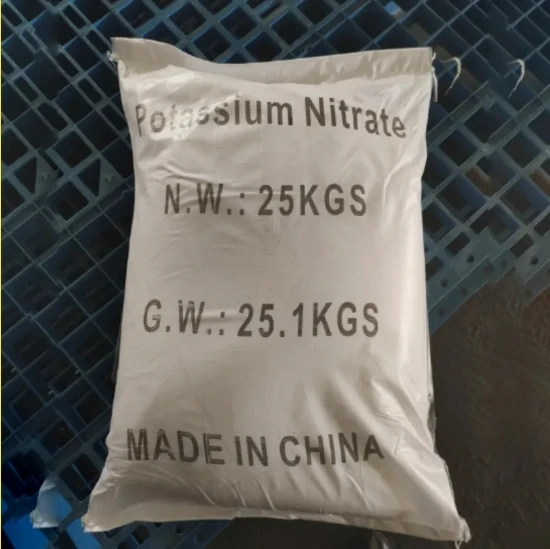
emulsifier ins 471
Understanding Emulsifier INS 471 The Role of Mono- and Diglycerides in Food Products
In the modern food industry, emulsifiers play a crucial role in enhancing the texture, stability, and shelf life of various products. One of the most commonly used emulsifiers is INS 471, which comprises mono- and diglycerides of fatty acids. This article delves into what INS 471 is, its functions, applications, and safety considerations.
What is INS 471?
INS 471 refers to the International Numbering System (INS) for food additives, specifically designed for mono- and diglycerides. These compounds are derived from glycerol and fatty acids, typically obtained from both animal and vegetable sources. The process involves the partial hydrolysis of triglycerides, resulting in the formation of mono- and diglycerides that exhibit emulsifying properties. This natural emulsifier is widely accepted and utilized in food processing due to its effectiveness and versatility.
Functions of INS 471
The primary function of emulsifiers like INS 471 is to facilitate the mixing of water and oil, which naturally do not combine. By reducing the surface tension between these two immiscible liquids, INS 471 stabilizes emulsions, enabling uniform consistency in products. Here are several key functions of INS 471
1. Stabilization of Emulsions By promoting the formation and maintenance of emulsions, INS 471 helps in creating a stable product that does not separate over time, enhancing visual appeal and consumer satisfaction.
2. Improved Texture and Mouthfeel The addition of INS 471 can improve the texture of food products, providing a creamy and smooth mouthfeel. This is particularly important in emulsions like mayonnaise, salad dressings, and sauces.
3. Extending Shelf Life By stabilizing emulsions, INS 471 can help prolong the shelf life of products, preventing separation and spoilage. This characteristic is beneficial for manufacturers looking to reduce waste and enhance product reliability.
emulsifier ins 471

4. Facilitating Processing INS 471 can improve the processability of food products, making them easier to handle during manufacturing. It aids in achieving the desired consistency and viscosity, ensuring that production runs smoothly.
Applications in Food Products
INS 471 is utilized in a wide range of food applications. Its versatility makes it suitable for various products, including
- Baked Goods In bread, cakes, and pastries, INS 471 enhances texture and volume, improving overall quality. - Dairy Products It is commonly used in margarine, spreads, and ice creams to provide a creamy texture and prevent ice crystal formation. - Sauces and Dressings INS 471 stabilizes emulsions in dressings and sauces, ensuring smooth and appealing products. - Frozen Foods Its ability to withstand freezing temperatures makes it ideal for use in frozen meals and desserts.
Safety Considerations
The safety of emulsifiers like INS 471 has been widely studied. Regulatory authorities, including the Food and Drug Administration (FDA) and the European Food Safety Authority (EFSA), have deemed mono- and diglycerides safe for consumption within established limits. Generally regarded as safe (GRAS) status allows for the widespread use of INS 471 in food products.
That said, as with any food additive, individual sensitivities or allergies can occur. It is crucial for consumers to read ingredient labels, especially if they have dietary restrictions or allergies to specific sources of fatty acids.
Conclusion
INS 471, or mono- and diglycerides, serves as a vital emulsifier in the food industry, playing a significant role in the stability, texture, and shelf life of numerous products. Its effectiveness and accepted safety profile make it a preferred choice for manufacturers aiming to enhance the quality of their offerings. As the food industry continues to evolve, INS 471 will likely remain a key player in achieving the desired sensory attributes and stability in a variety of food applications.
-
Why Glacial Acetic Acid Food Grade Is Essential in FlavorNewsMay.26,2025
-
Surging Export Growth of Food Additives in ChinaNewsMay.26,2025
-
How Ammonium Nitrate Fertilizer Boosts Crop YieldsNewsMay.26,2025
-
How 1,2,3-Benzotriazole Shields Plastics from UV DegradationNewsMay.26,2025
-
Cyanide in Gold Mining: Protecting People and the PlanetNewsMay.26,2025
-
Aluminum Hydroxide in Modern Sunscreen FormulationsNewsMay.26,2025
-
Understanding Synthetic Rubber OptionsNewsApr.27,2025
Hebei Tenger Chemical Technology Co., Ltd. focuses on the chemical industry and is committed to the export service of chemical raw materials.
-

view more DiethanolisopropanolamineIn the ever-growing field of chemical solutions, diethanolisopropanolamine (DEIPA) stands out as a versatile and important compound. Due to its unique chemical structure and properties, DEIPA is of interest to various industries including construction, personal care, and agriculture. -

view more TriisopropanolamineTriisopropanolamine (TIPA) alkanol amine substance, is a kind of alcohol amine compound with amino and alcohol hydroxyl, and because of its molecules contains both amino and hydroxyl. -

view more Tetramethyl Thiuram DisulfideTetramethyl thiuram disulfide, also known as TMTD, is a white to light-yellow powder with a distinct sulfur-like odor. It is soluble in organic solvents such as benzene, acetone, and ethyl acetate, making it highly versatile for use in different formulations. TMTD is known for its excellent vulcanization acceleration properties, which makes it a key ingredient in the production of rubber products. Additionally, it acts as an effective fungicide and bactericide, making it valuable in agricultural applications. Its high purity and stability ensure consistent performance, making it a preferred choice for manufacturers across various industries.











